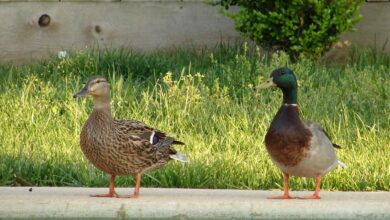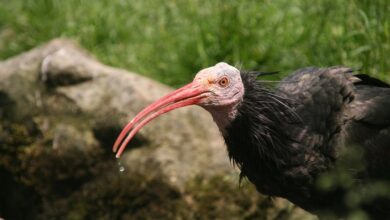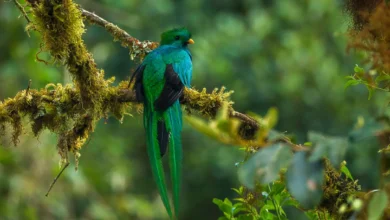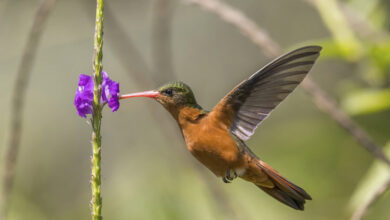Top 10 Birds of Texas: A Comprehensive Bird Watcher’s Guide
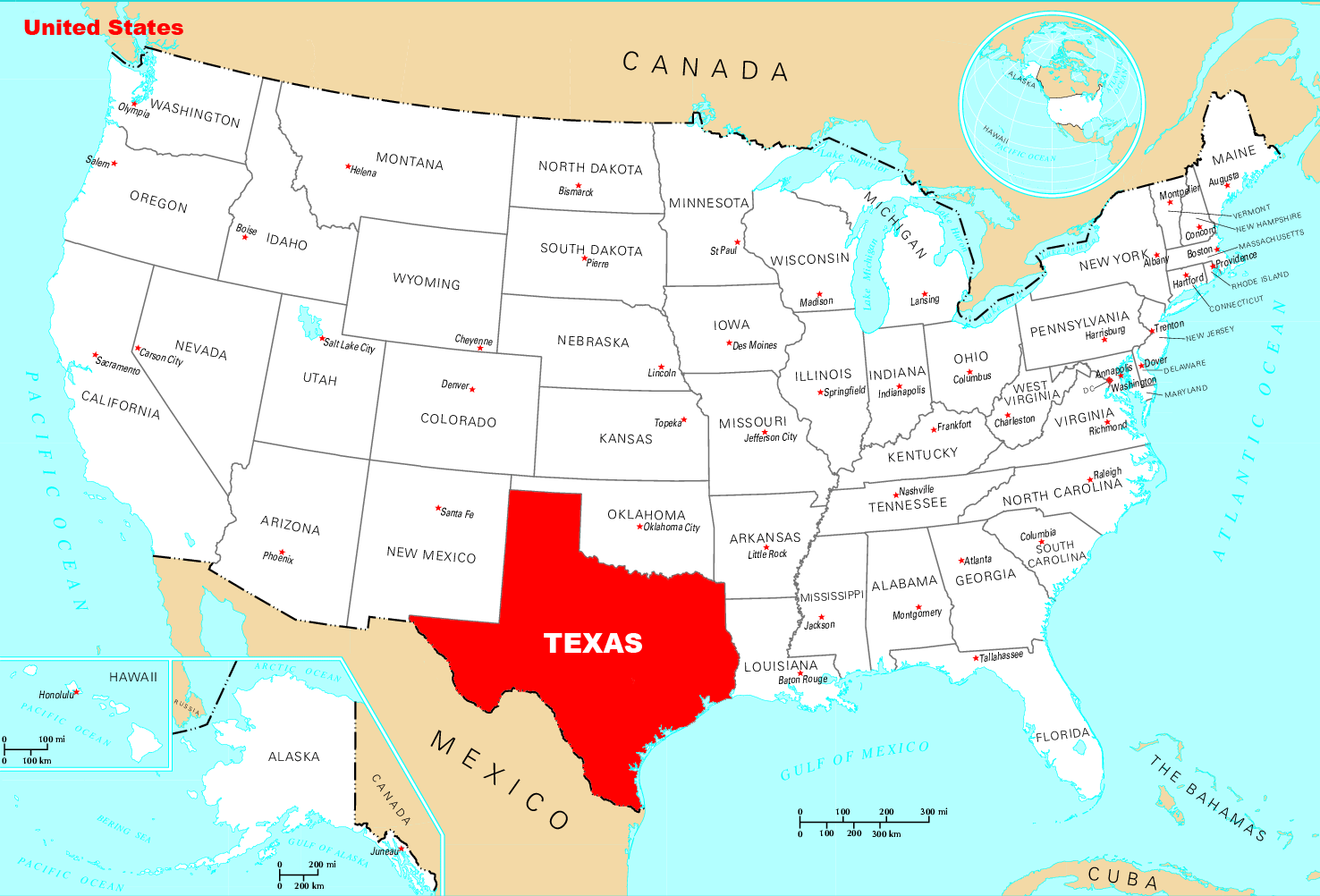
With its vast landscapes and diverse habitats, Texas is a bird watcher’s dream come true. Whether you’re a seasoned ornithologist or someone who loves to marvel at nature, Texas offers a spectacular array of bird species to observe. In this article, we’ll explore the top 10 birds of Texas, diving into their characteristics, habitats, and behaviours. So, grab your binoculars and embark on an avian adventure in the Lone Star State!
Why Texas is a Bird Watcher’s Paradise
Texas is uniquely positioned as a bird watcher’s paradise due to its incredible geographic diversity. From the lush piney woods in the east to the arid desert plains in the west and the vibrant coastal marshes in the south, Texas’ variety of ecosystems supports a wide range of bird species. Plus, Texas lies along major migration routes, making it a crucial stopover for many birds during their annual journeys. It’s like a bustling airport for our feathered friends!
Top 10 Birds of Texas
Northern Mockingbird (State Bird)
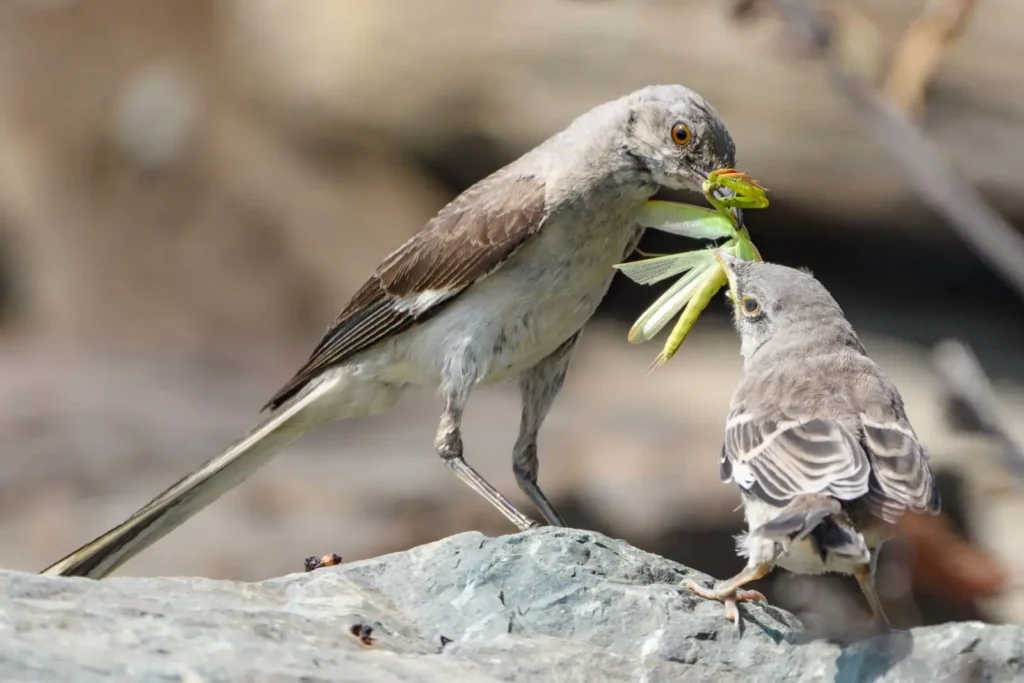
Description: The Northern Mockingbird is famous for its impressive vocal range, mimicking the calls of other birds and even mechanical sounds. It’s like the impressionist of the bird world!
Habitat: These adaptable birds can be found in urban areas, forests, and open fields.
Behaviour: Northern Mockingbirds are fiercely territorial and are often seen defending their nesting areas with vigour.
Painted Bunting
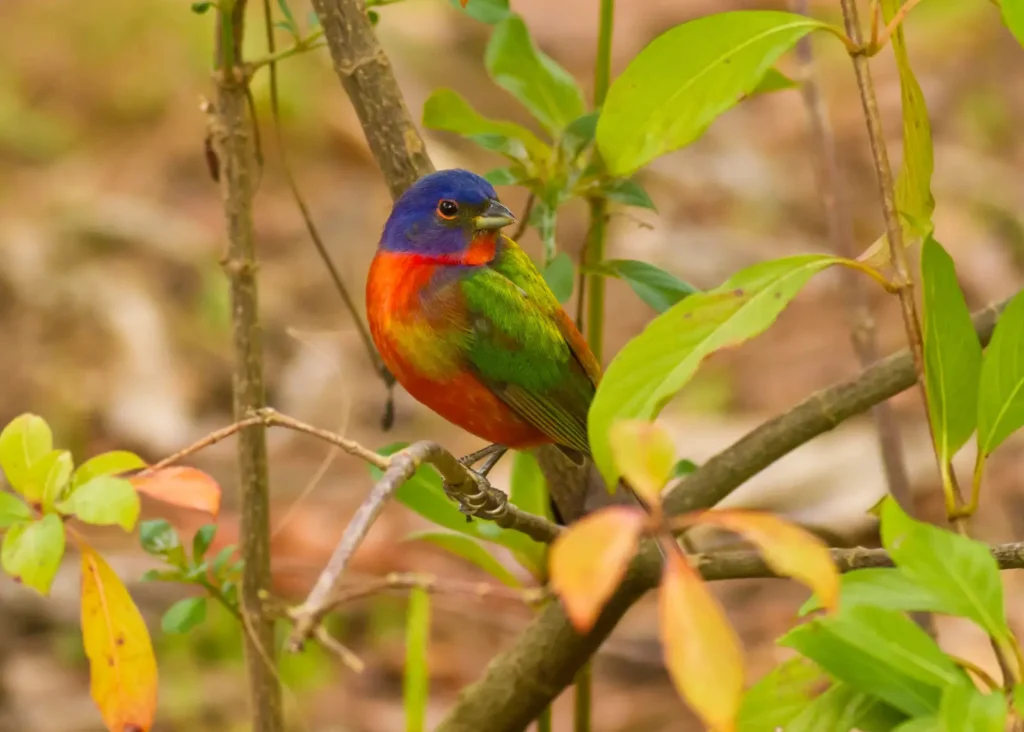
Description: The Painted Bunting is a small, colourful bird. Males flaunt a vibrant mix of blue, green, and red—they’re like little flying rainbows!
Habitat: They prefer dense brush and woodland edges.
Behaviour: These birds are often elusive but can be spotted at feeders during their breeding season.
Scissor-tailed Flycatcher

Description: Known for their long, forked tails, Scissor-tailed Flycatchers are a sight to behold in flight.
Habitat: Open areas with scattered trees are their favourite hangouts.
Behaviour: They are acrobatic fliers, often seen catching insects mid-air with impressive manoeuvres.
Great Horned Owl

Description: The Great Horned Owl is a large, powerful owl with distinctive ear tufts. They’re the strong, silent type of the bird world.
Habitat: They inhabit forests, swamps, deserts, and urban areas.
Behaviour: These nocturnal hunters are known for their deep hoots and silent flight, making them ghostly predators of the night.
Whooping Crane
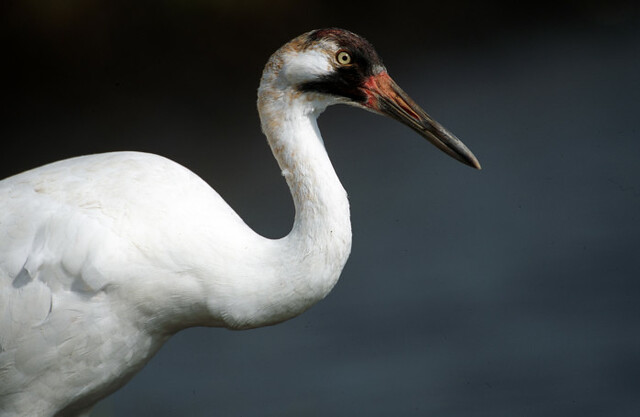
Description: One of the rarest birds in North America, the Whooping Crane is known for its impressive size and stark white plumage.
Habitat: They are primarily found in coastal marshes during winter.
Behaviour: These cranes are monogamous and are known for their elaborate courtship dances. Talk about romance!
Black-capped Vireo
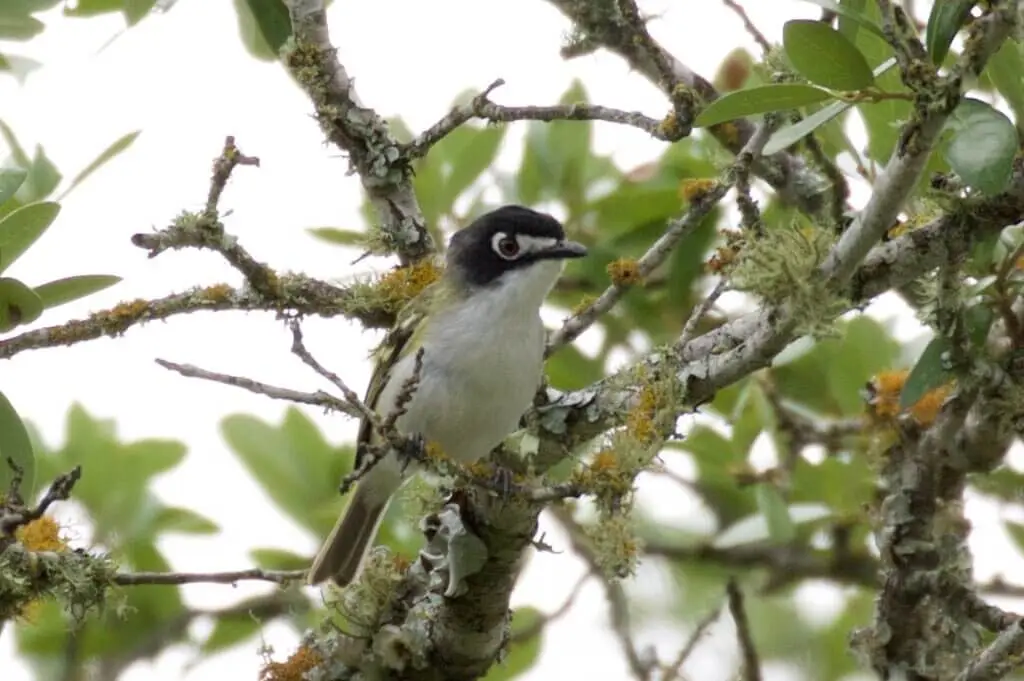
Description: This small, elusive bird has a distinctive black cap and white spectacles. It’s like they’re always ready for a masquerade!
Habitat: They are found in scrubby areas with dense vegetation.
Behaviour: Black-capped Vireos are often heard more than seen, with a distinctive, chattering song.
Golden-cheeked Warbler
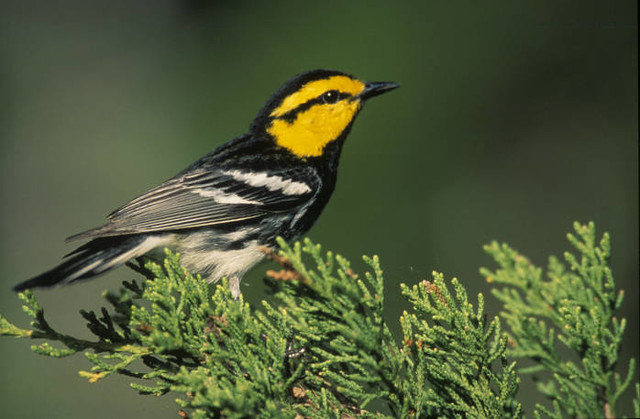
Description: Endemic to Texas, the Golden-cheeked Warbler has striking black and yellow plumage. They’re like little bursts of sunshine in the woods.
Habitat: They are found in mature juniper-oak woodlands in central Texas.
Behaviour: These warblers are highly territorial during the breeding season.
Green Jay
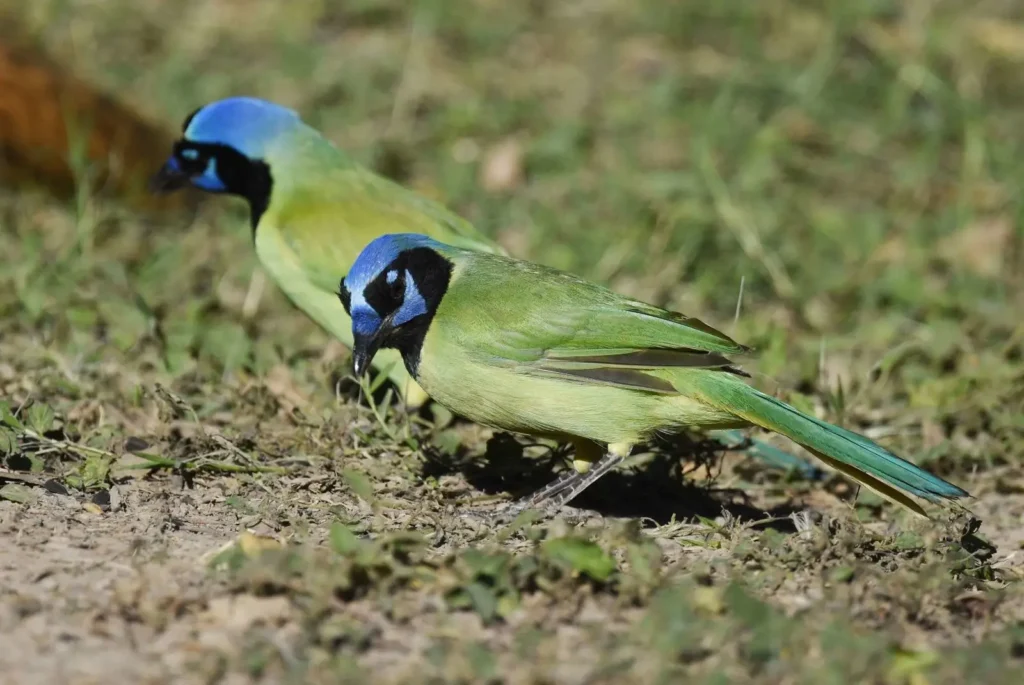
Description: The Green Jay is a colourful bird with a striking mix of green, blue, and yellow feathers. They’re like nature’s version of party favour!
Habitat: They are typically found in southern Texas, especially in dense woodlands and scrublands.
Behaviour: Green Jays are social birds, often seen in small flocks, chattering away.
Roseate Spoonbill
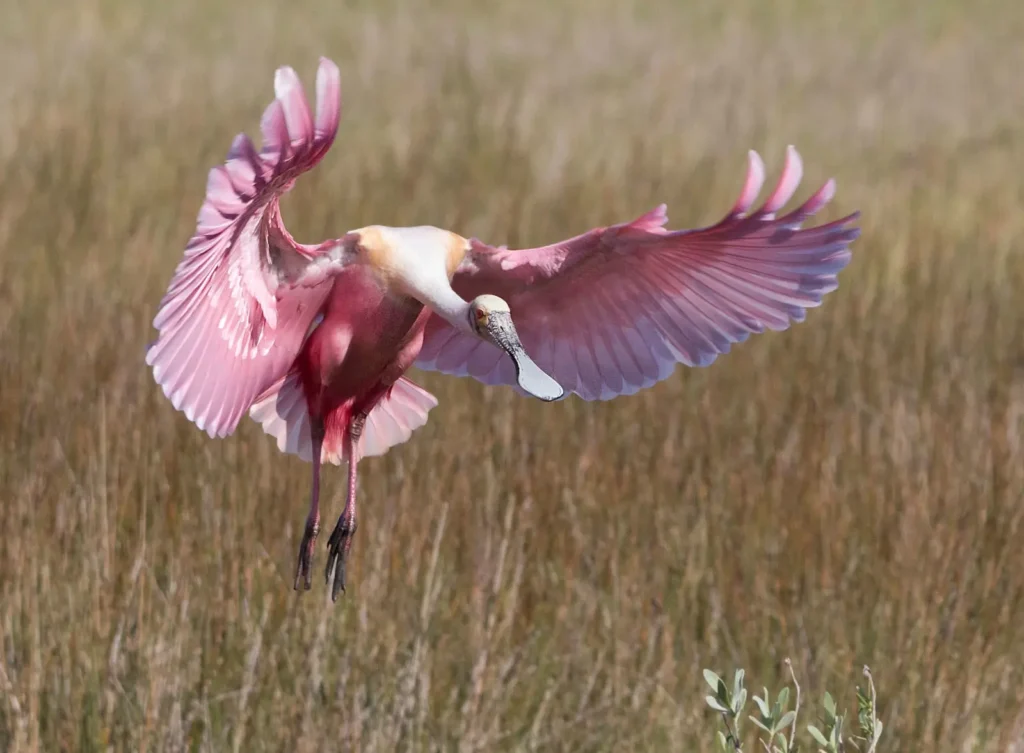
Description: Known for their bright pink colour and spoon-shaped bill, Roseate Spoonbills are a spectacular sight.
Habitat: They inhabit coastal marshes and estuaries.
Behaviour: These birds forage in shallow waters, sweeping their bills side to side like living paintbrushes.
Peregrine Falcon
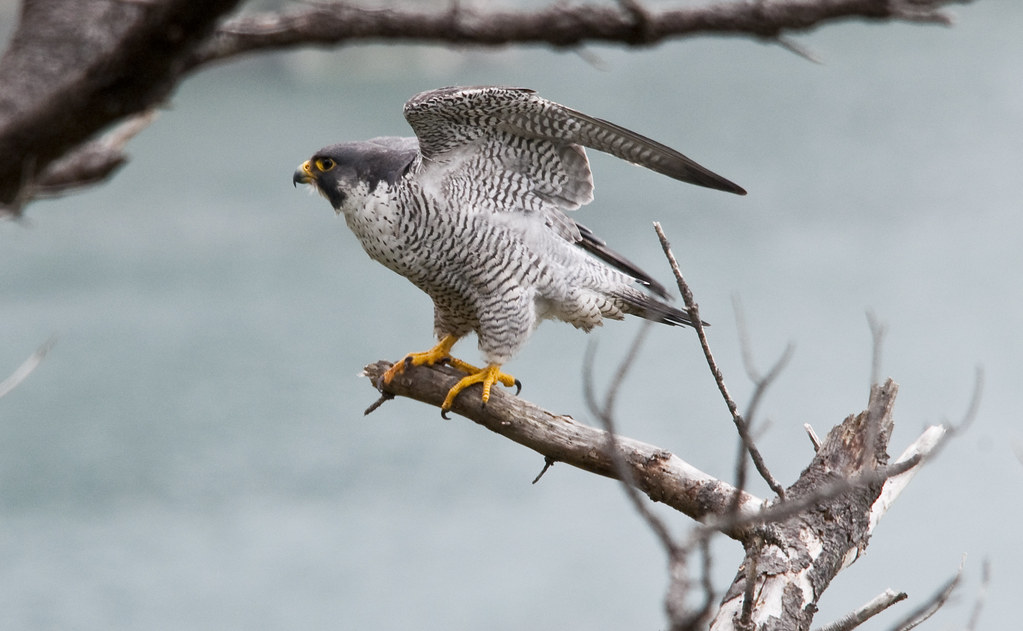
Description: Peregrine Falcons are known for their incredible speed, making them one of the fastest birds in the world. They’re the jet fighters of the avian world!
Habitat: They can be found in various habitats, from coastal cliffs to urban skyscrapers.
Behaviour: These falcons are expert hunters, often seen diving at high speeds to catch their prey.
Bird-Watching Tips in Texas
To make the most of your bird-watching adventure in Texas, keep these tips in mind:
Best Times of Year: Spring and fall migrations are the prime times for bird watching, as numerous species pass through the state.
Ideal Locations: Some top bird-watching spots include Big Bend National Park, the Texas Hill Country, and the Gulf Coast. Each offers a unique array of bird species.
Necessary Equipment: Bring a good pair of binoculars, a field guide to birds, and a camera to capture those memorable sightings. And remember the sunscreen and a hat!
Conclusion
Texas’ diverse ecosystems make it a rich environment for various bird species. Whether you’re hoping to spot the vibrant Painted Bunting or the elusive Golden-cheeked Warbler, there’s always something new and exciting to discover in the skies and trees of Texas. So, why not plan your next bird-watching adventure in the Lone Star State? You’ll be amazed at the feathered wonders waiting to be explored.
FAQs
1. What is the best time to go bird-watching in Texas?
The best times to watch birds in Texas are during the spring and fall migrations when numerous bird species pass through the state.
2. What should I bring for a bird-watching trip in Texas?
Essential items include binoculars, a bird field guide, a camera, comfortable walking shoes, and plenty of water.
3. Are there any rare birds in Texas?
Yes, Texas is home to several rare birds, including the Whooping Crane and the Golden-cheeked Warbler.
4. Where can I see the Whooping Crane in Texas?
Whooping Cranes can be seen in the Aransas National Wildlife Refuge during winter.
5. Is bird watching in Texas family-friendly?
Absolutely! Bird watching is a great family activity and can be enjoyed in many parks and natural areas across the state.


